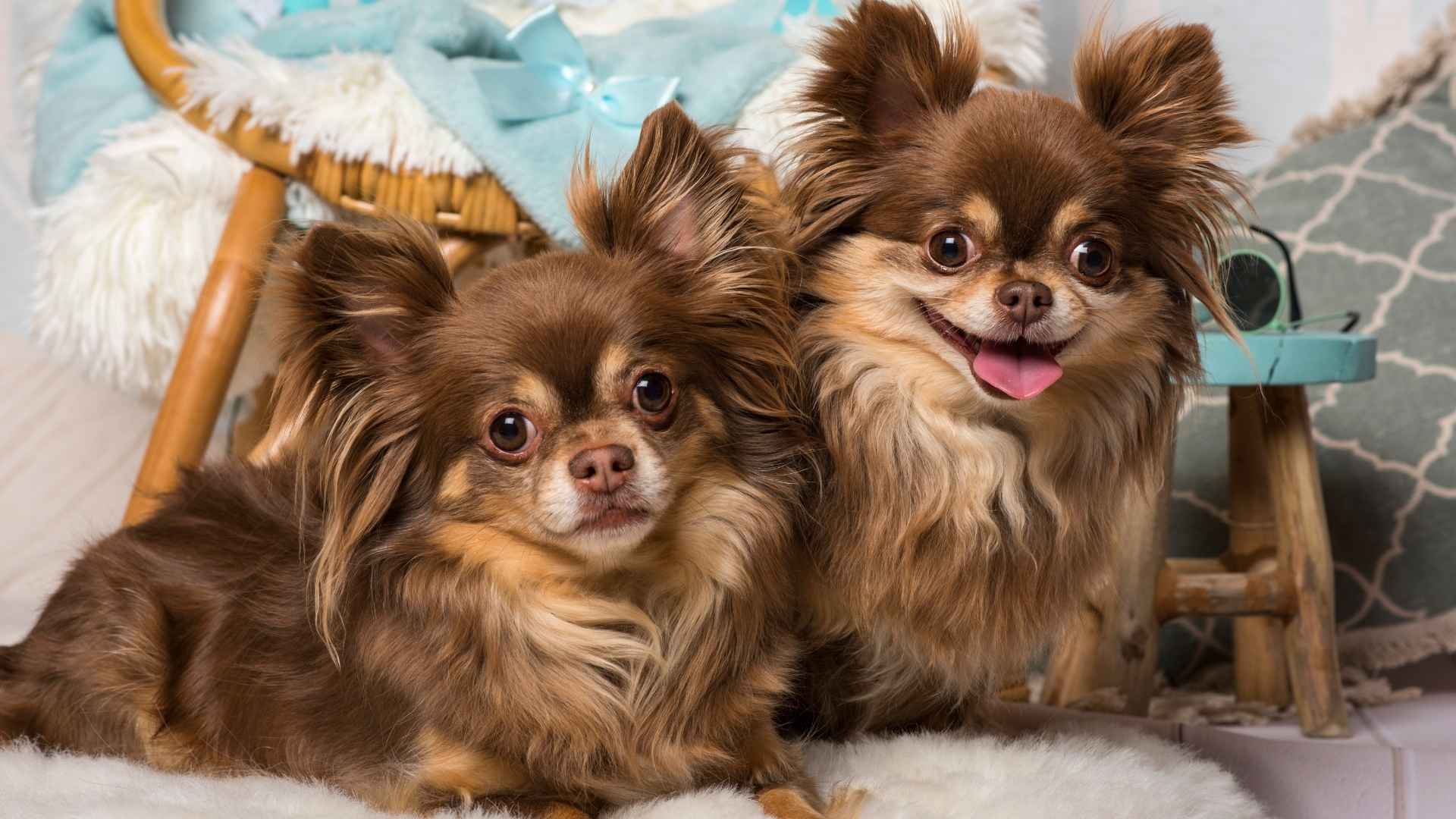Not all lovable companions come with a hefty price tag, especially when it comes to small dog breeds. From their lower food intake to reduced grooming and housing needs, these pint-sized pups often prove ideal for dog lovers who want all the love and loyalty without breaking the bank. Whether you’re a first-time pet parent or a seasoned dog owner looking for a budget-friendly option, there’s a small breed out there that’s perfect for your lifestyle and your wallet.
Smaller dogs generally cost less to maintain throughout their lives. They consume less food, typically have fewer health complications, and often require less space and exercise. Breeds like the spunky Chihuahua or the charming Schipperke can offer all the companionship of a larger dog at a fraction of the cost. By making smart breed choices, you can enjoy a fulfilling relationship without stretching your finances.
In this article, we’ll explore a list of affordable small dog breeds, highlighting the traits that make them low-cost, low-maintenance, and full of personality.
Affordable Small Dog Breeds
1. Schipperke
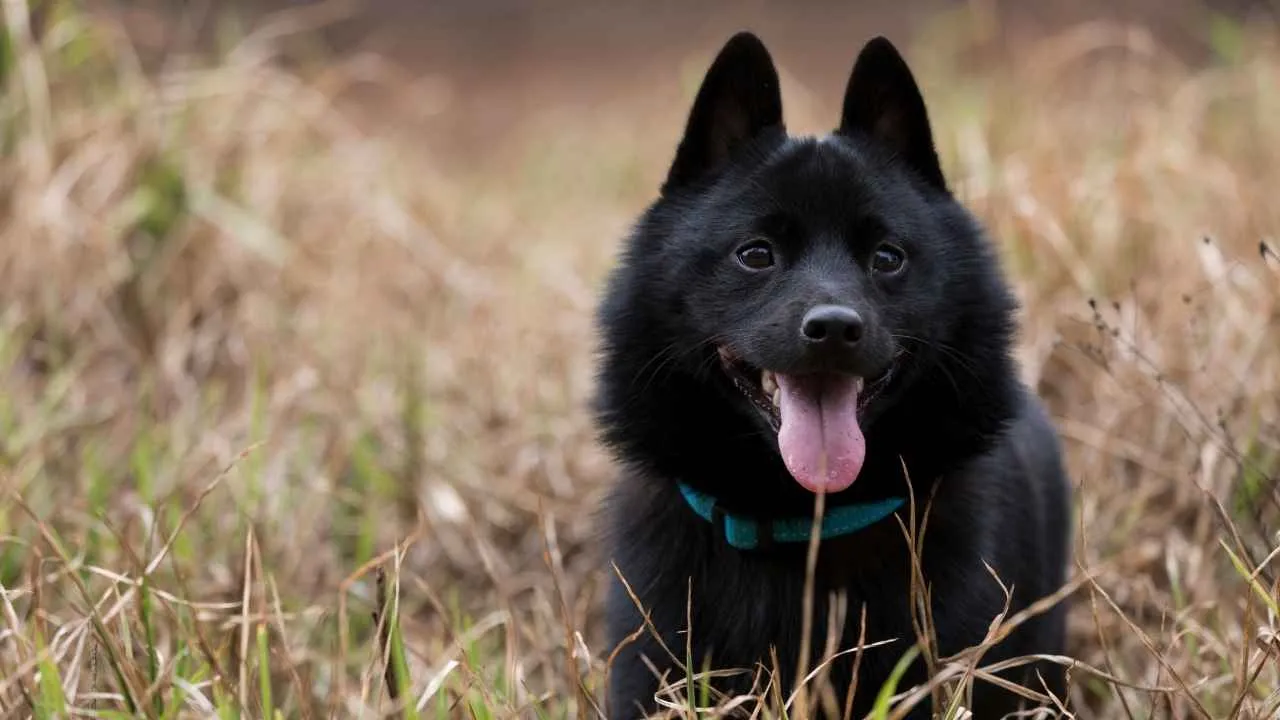
The Schipperke, also known as “Schips” or “Little Captain”, is a compact watchdog with a big personality. Originating in 15th-century Belgium, this breed earned its reputation guarding barges in Flanders.
Weighing between 10 to 16 pounds and standing 10 to 13 inches tall, Schipperkes are small but mighty. AKC describes the Schipperke as being vigilant, inquisitive, and self-assured. Their signature appearance features a dense, medium-length black double coat and a distinctive fox-like face.
Prized for their vigilance, these spirited companions are intelligent and mischievous, yet deeply loyal to their families.
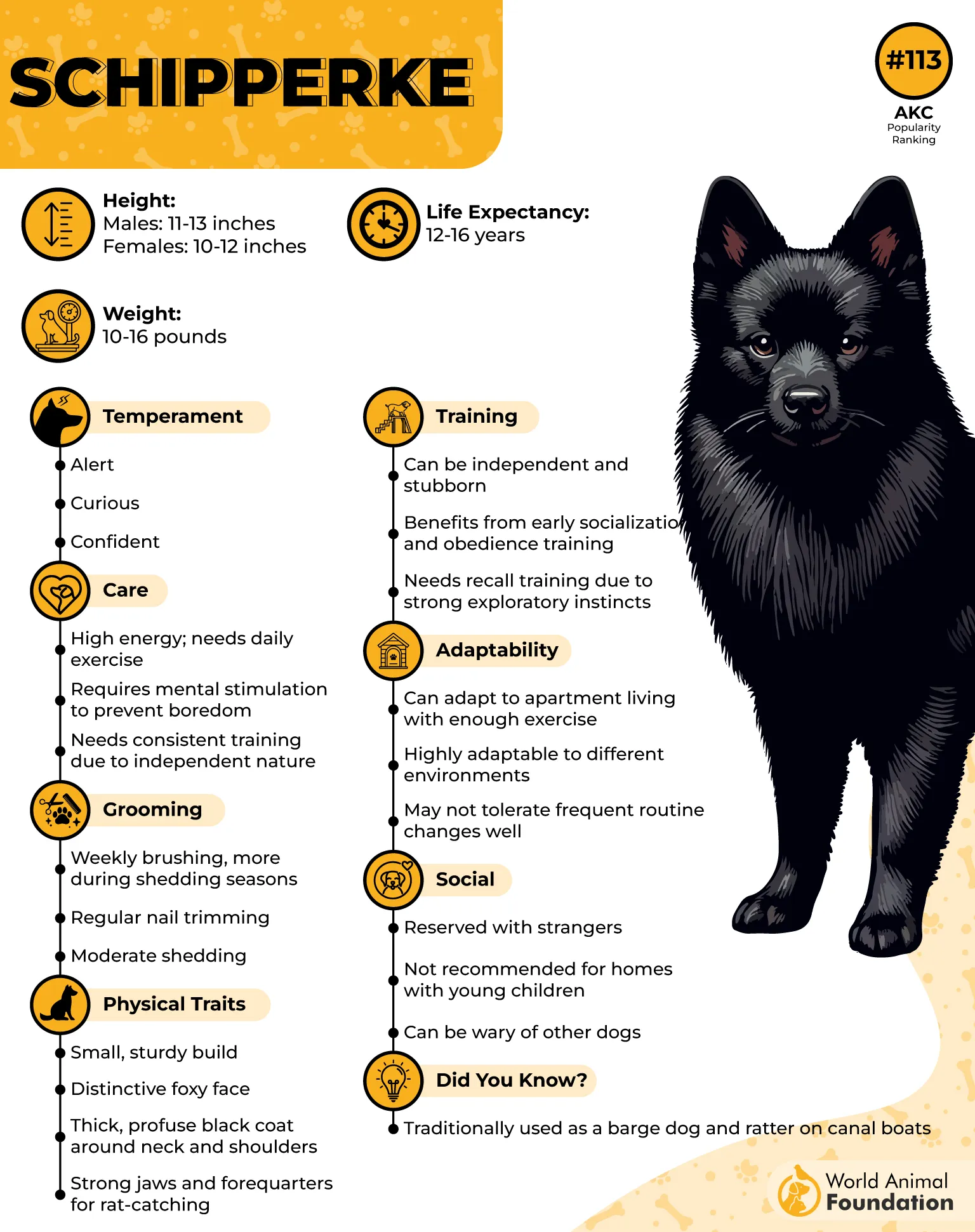
Care Needs
Though energetic, Schipperkes don’t demand extravagant care. An hour of daily activity, whether it’s a walk or backyard play, keeps them fit and content. Their grooming needs are minimal; regular brushing maintains their plush coat, while nail trimming and teeth cleaning should be routine.
They are generally healthy dogs and can adapt well to urban or suburban environments, provided they’re socialized early and mentally engaged.
Did you know? Most Schipperkes in North America are tailless due to traditional docking, but they’re actually born with full tails, a trait that sparked a historical legend involving rival shoemakers.
2. Bichon Frise
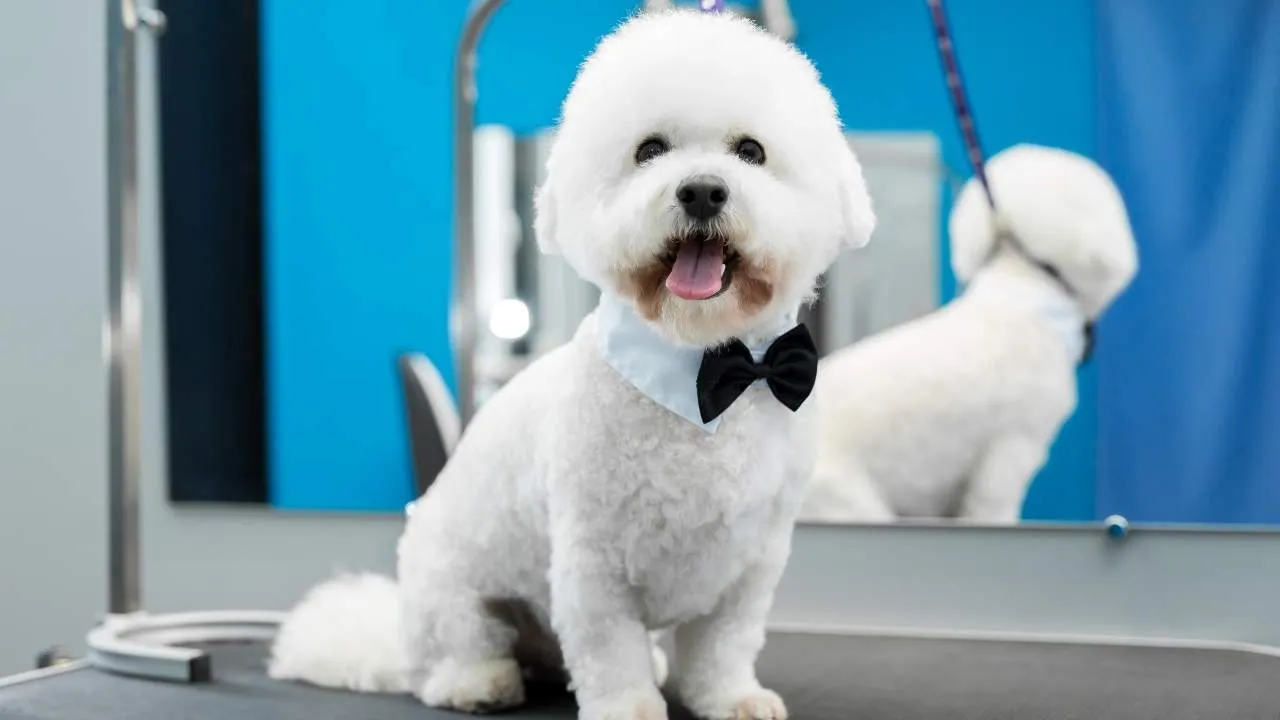
Also known as the Tenerife dog or simply “Bichon,” the Bichon Frise is a cheerful companion hailing from the Mediterranean region, with ties to Tenerife in the Canary Islands. Standing 9.5 to 11.5 inches tall and weighing between 12 to 18 pounds, this small non-sporting breed is adored for its plush, hypoallergenic white coat and upbeat personality.
Their charming looks, highlighted by a rounded head, drooping ears, and dark, expressive eyes, have earned them a spot in paintings by artists like Goya and Renoir. Despite their noble past among European aristocracy, Bichons remain surprisingly affordable, both in initial price and maintenance.
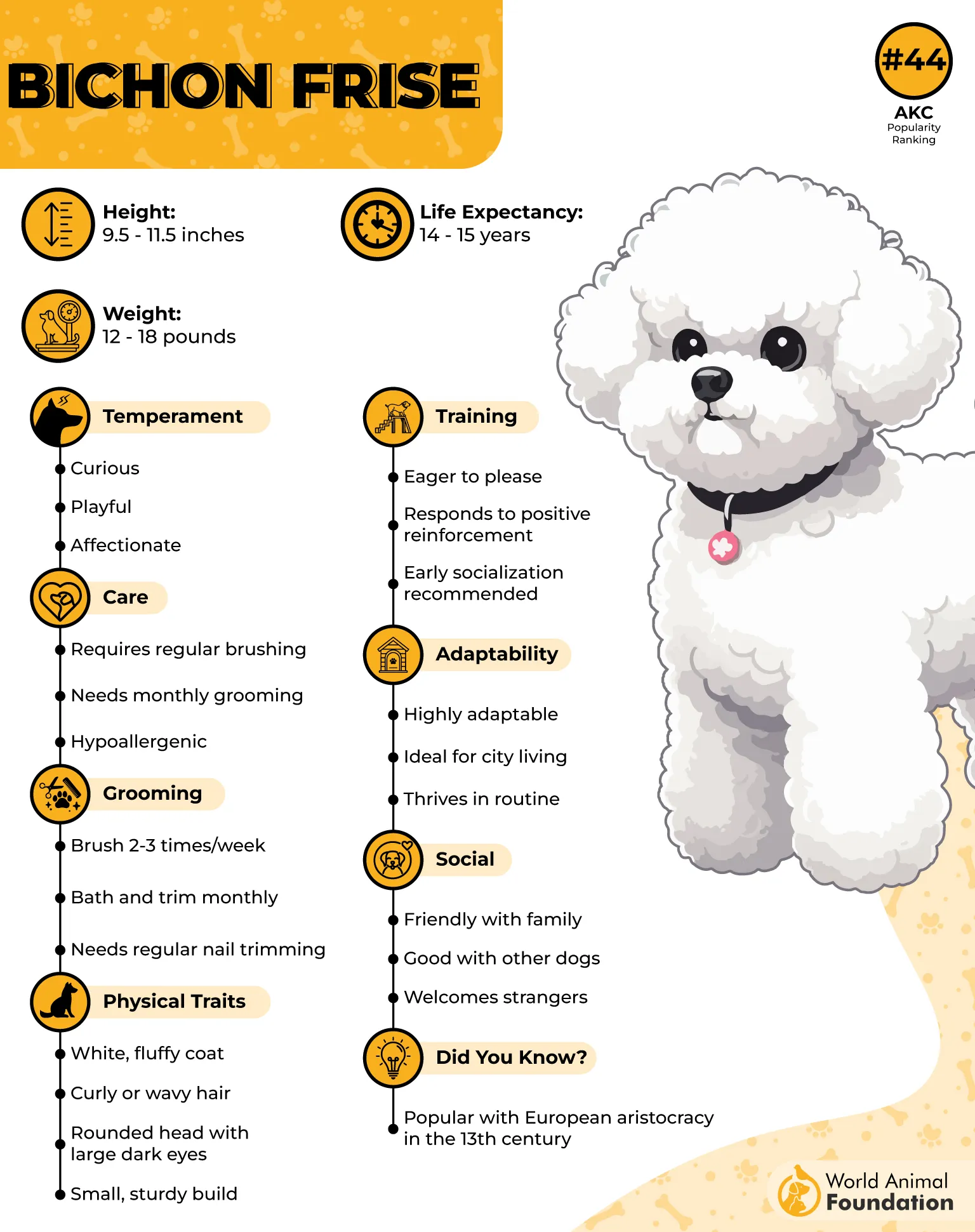
Care Needs
The Bichon’s cloud-like coat requires regular attention. Purina notes that grooming a Bichon Frise takes dedication, as their non-shedding coat needs to be carefully combed on a daily basis. Routine grooming every four to six weeks is typically sufficient.
Their active yet compact nature makes them ideal apartment pets, requiring only moderate daily play and walks. Keep nails clipped, teeth brushed, and ears clean to maintain their overall health. Due to their low allergen levels, they’re sometimes a suitable choice for those with mild allergies.
Did you know? The term “bichonner,” meaning “to pamper” in French, was inspired by how dearly French royalty cherished this breed.
3. Australian Terrier
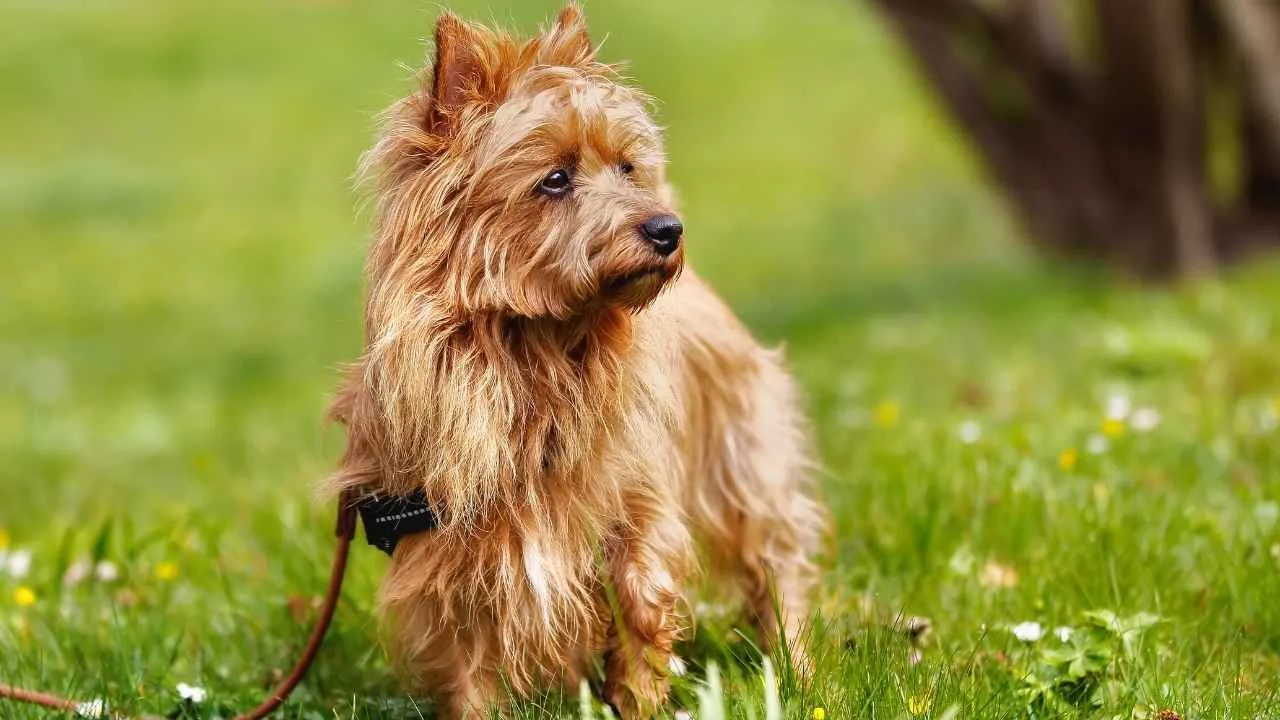
The Australian Terrier, also known as the “Aussie Terrier”, is a compact and hardy breed that hails from the rugged outback of Australia. PetMD mentions that the Australian Terrier may be small in size, but it has a bold personality and makes an energetic companion.
Developed in the 19th century as a versatile farm dog, it descends from British terriers like the Dandie Dinmont, Cairn, and possibly the Skye. Despite its small size, standing around 10–11 inches tall and weighing between 15–20 pounds, the breed radiates grit and personality.
Known for its elongated frame, rough-textured coat, and perky ears, the Aussie Terrier’s expressive face and signature topknot lend it a unique charm. Coat colors typically include blue-and-tan, red, or sandy. It’s one of the more affordable small breeds due to its sturdy health, minimal grooming needs, and general adaptability.
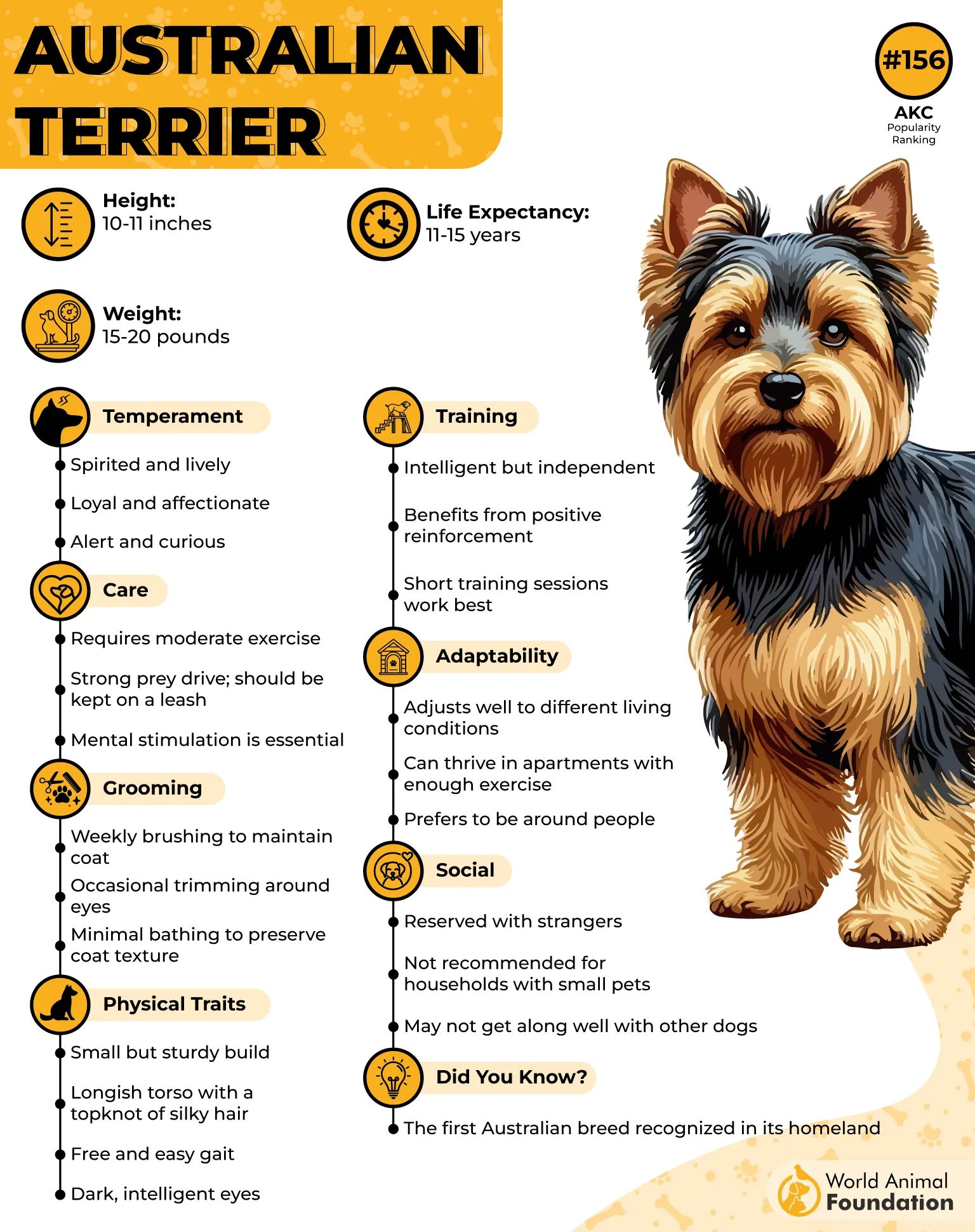
Care Needs
Australian Terriers are low-maintenance but benefit from regular brushing to manage their weather-resistant double coat. A weekly comb-through keeps their rough-textured fur neat and minimizes shedding.
They thrive on moderate daily activity, such as a brisk walk or spirited playtime in the yard. While they are sturdy and healthy overall, routine vet visits and basic hygiene, like nail trimming and dental care, are essential to keep them in top shape.
Did you know? This furry friend was one of the first Australian breeds to be officially recognized and shown, dating back to 1885.
4. Pug
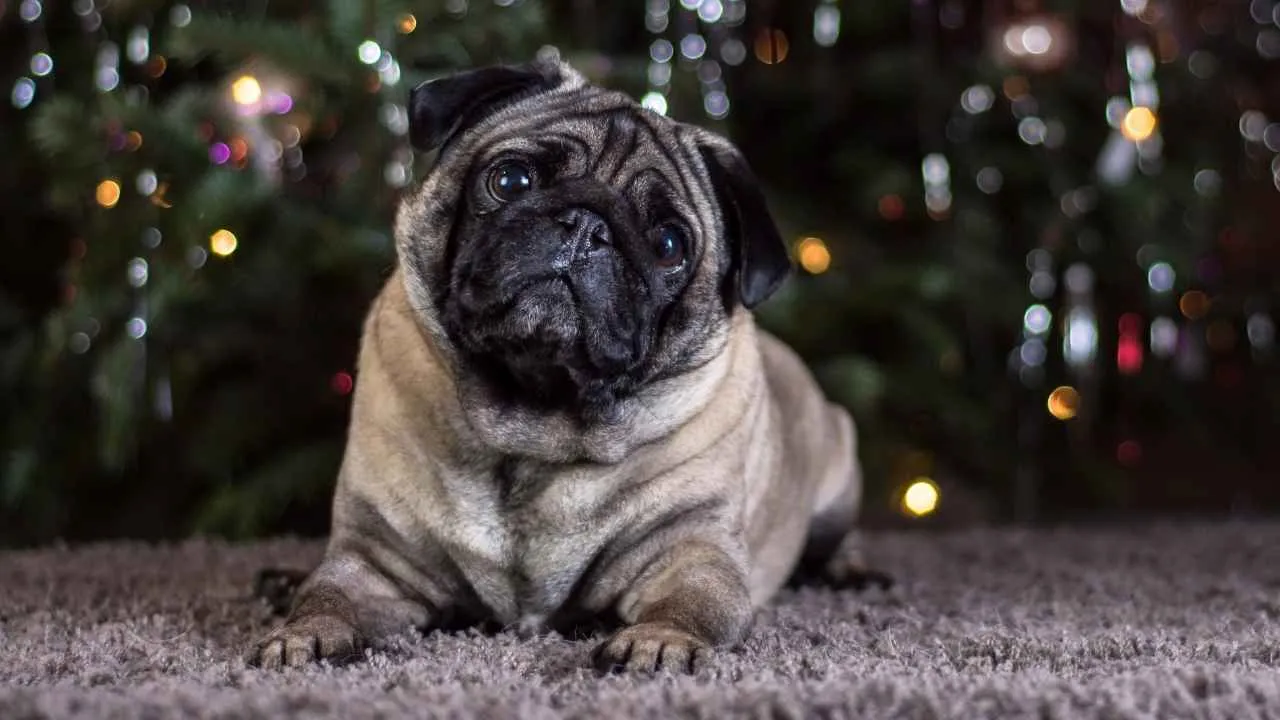
The Pug, often called “Mops” in parts of Europe, is a charming small dog breed with a rich history dating back to ancient China. These sturdy little companions typically weigh between 14 and 18 pounds and stand around 10 to 13 inches tall.
Known for their wrinkled faces, large round eyes, and curled tails, Pugs exude personality with every waddle. They come in fawn, apricot, or black, often with a distinctive black mask. Despite their royal lineage, as companions to Chinese emperors and later favorites in European courts, Pugs remain surprisingly affordable both in initial cost and upkeep.
Their adaptable nature and moderate needs make them ideal for families, singles, or seniors living in urban or rural settings.
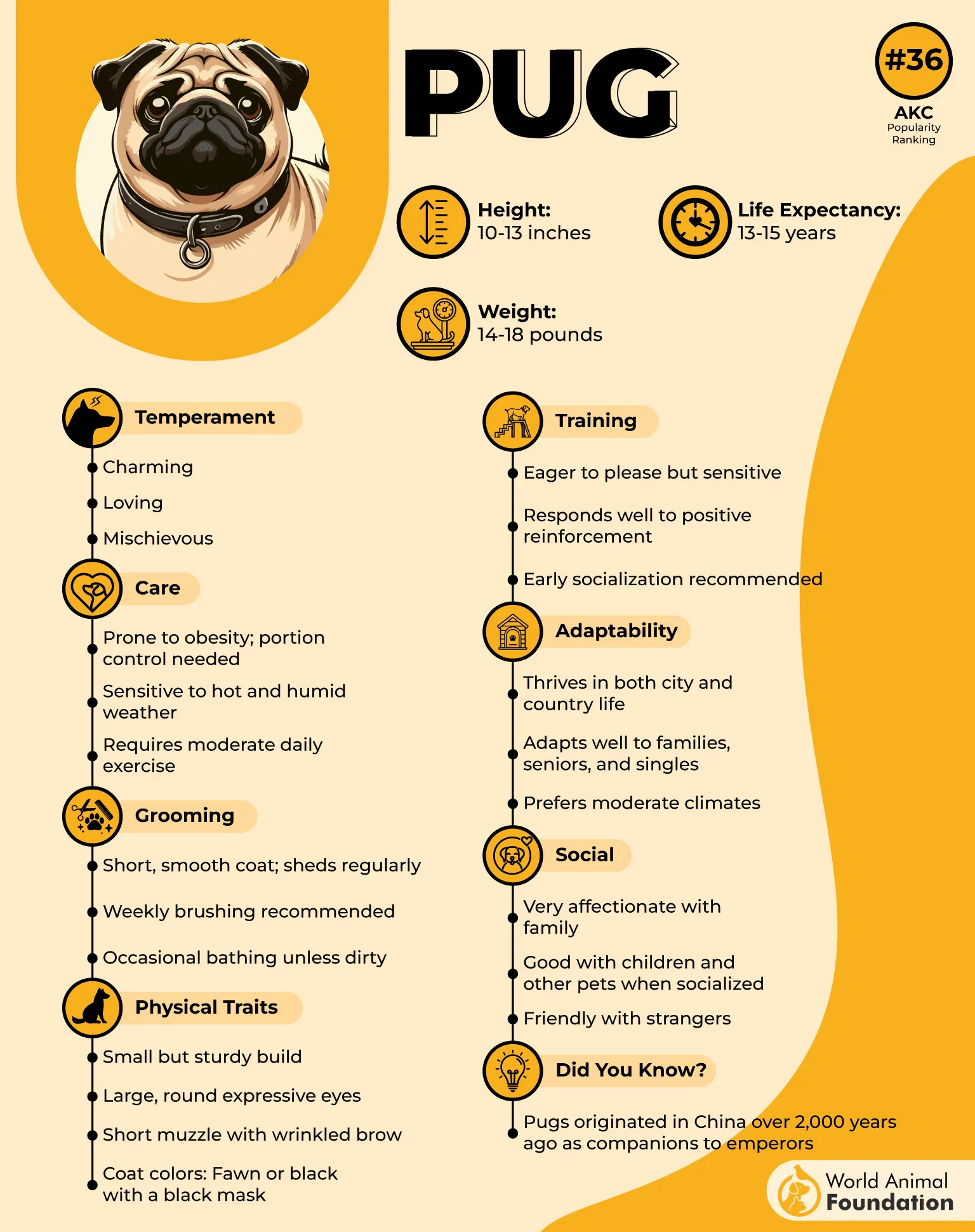
Care Needs
Pugs are relatively low-maintenance when it comes to grooming, needing only weekly brushing to manage their short, glossy coats. However, their skin folds require daily cleaning to prevent infections, and their ears should be checked regularly.
According to Britannica, the Pug requires only a moderate amount of exercise, which can be satisfied with leash walks or playtime in a small yard. Thanks to their compact size and cheerful disposition, Pugs thrive in a variety of home environments.
Did you know? Joséphine Bonaparte’s Pug, named Fortune, once smuggled secret messages under his collar while she was imprisoned.
5. Jack Russell Terrier
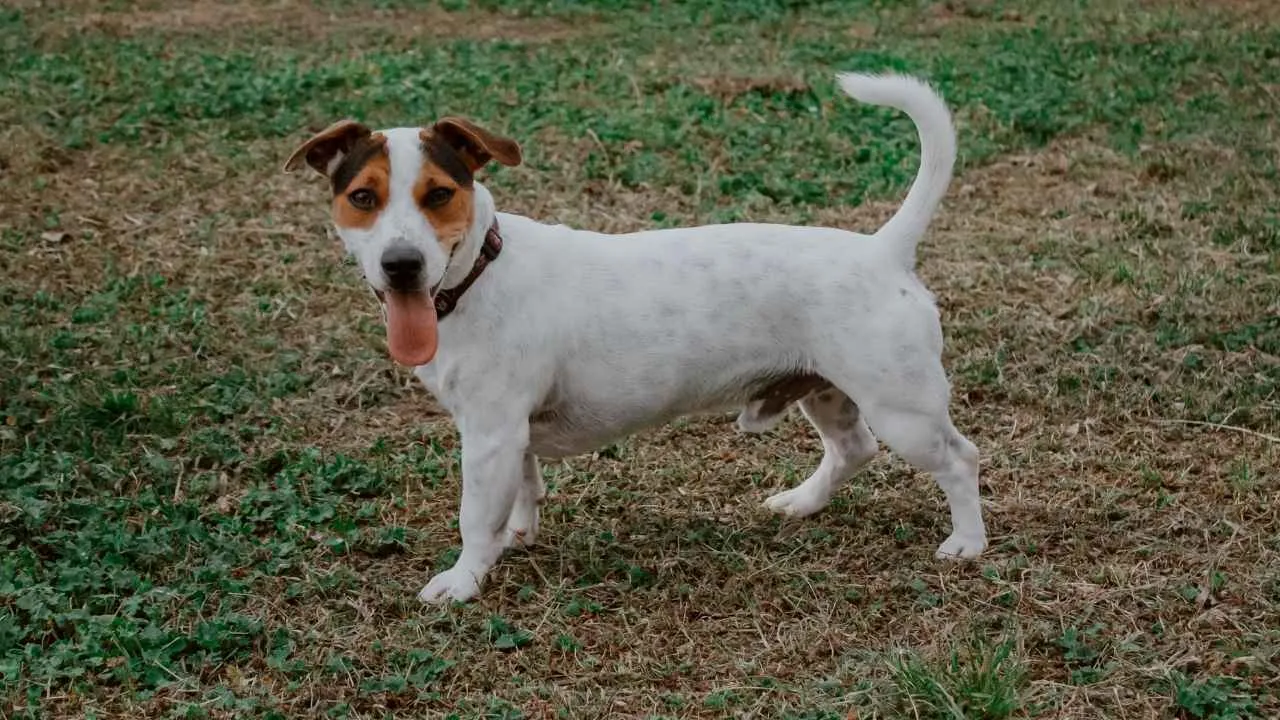
The Jack Russell Terrier, also known as the Parson Russell Terrier, is a lively and determined small breed originally developed in 19th-century England for fox hunting. Weighing between 11 and 17 pounds and standing 13–15 inches tall, these dogs are full of energy and athleticism packed into a compact, muscular frame.
They sport a short, predominantly white coat that may be smooth or rough, often paired with brown or black markings. Known for their confident and fearless demeanor, Jack Russells are intelligent, loyal, and highly spirited, making them great companions for active families or individuals who can match their zest for life. Their cost of ownership is typically affordable, particularly due to their minimal grooming needs and overall good health.
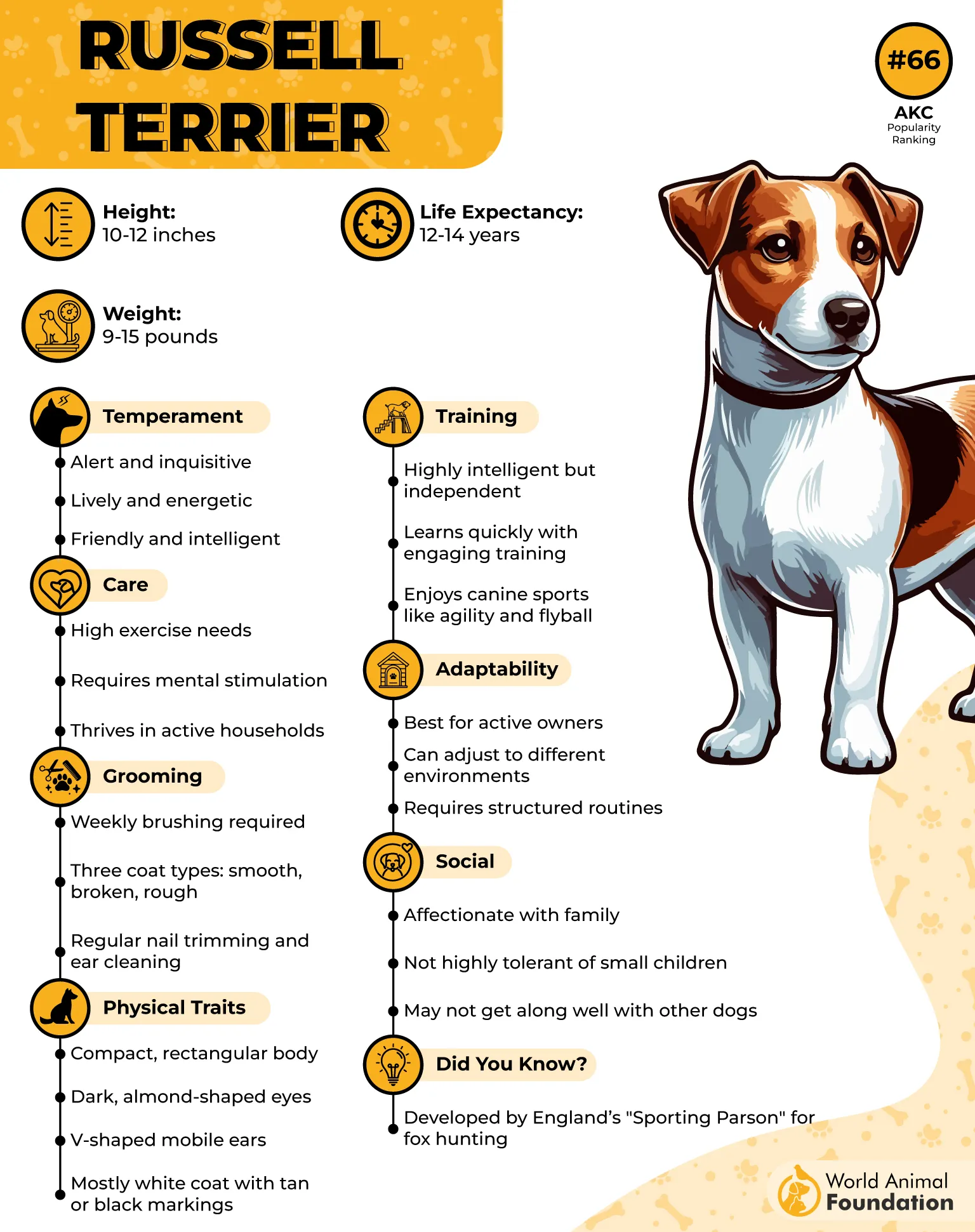
Care Needs
Jack Russells require ample physical exercise and mental stimulation to keep them from becoming bored or destructive. Regular walks, agility activities, fetch, and even swimming help satisfy their need for action.
Interactive training sessions also keep their sharp minds engaged. Though easy to groom, they benefit from occasional brushing to manage shedding. Routine vet visits and preventative care will help maintain their health and longevity.
Did you know? A Jack Russell named Uggie made Hollywood history by placing his paw print on the Walk of Fame for his roles in The Artist and Water for Elephants.
6. Chihuahua
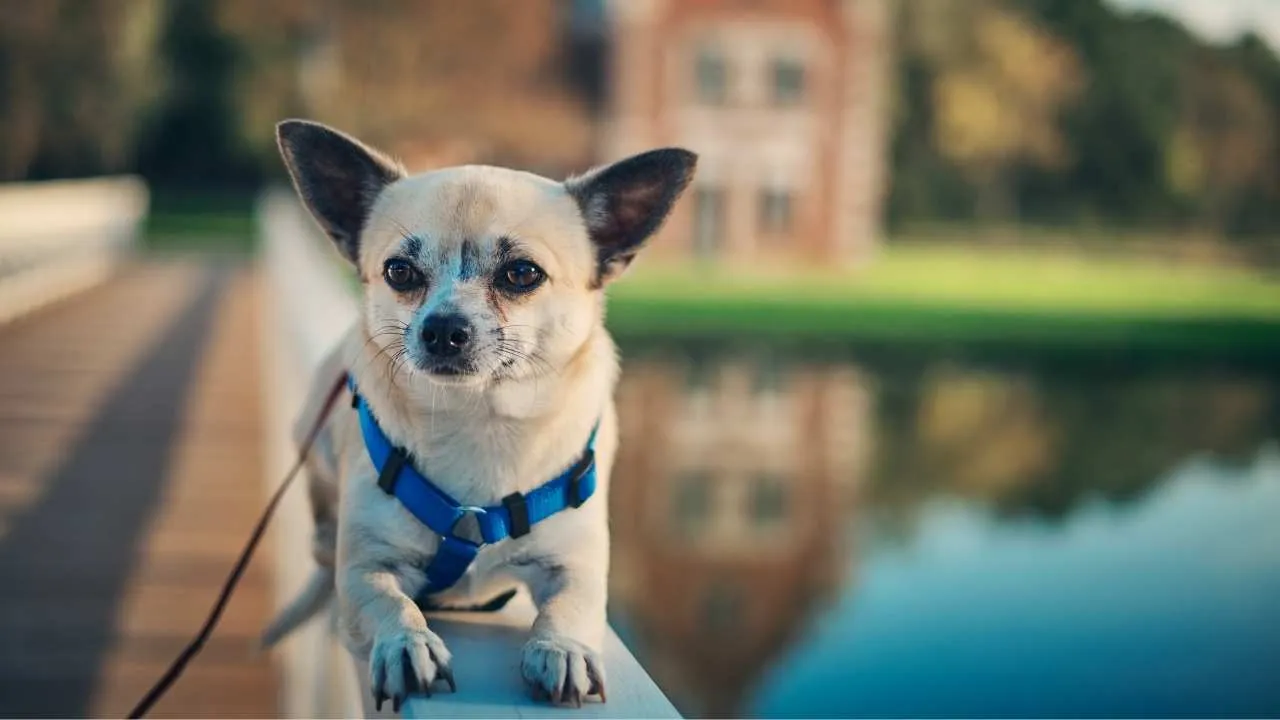
The Chihuahua, affectionately known as the “Chi,” is the smallest recognized dog breed, yet it carries a personality that’s anything but tiny. Originating from Mexico and believed to descend from the ancient Techichi dogs of the Toltec civilization, this toy breed was first noted in the mid-19th century and officially recognized by the American Kennel Club in 1904.
Chihuahuas typically weigh between 1 and 6 pounds and stand 5 to 8 inches tall. They come in smooth and long-haired coat varieties with numerous colors and markings, and possess signature large, upright ears and prominent eyes. Though compact, their alertness, sass, and loyalty make them spirited companions well-suited for apartment living or travel. Prices typically start under $800, making them a budget-friendly option.
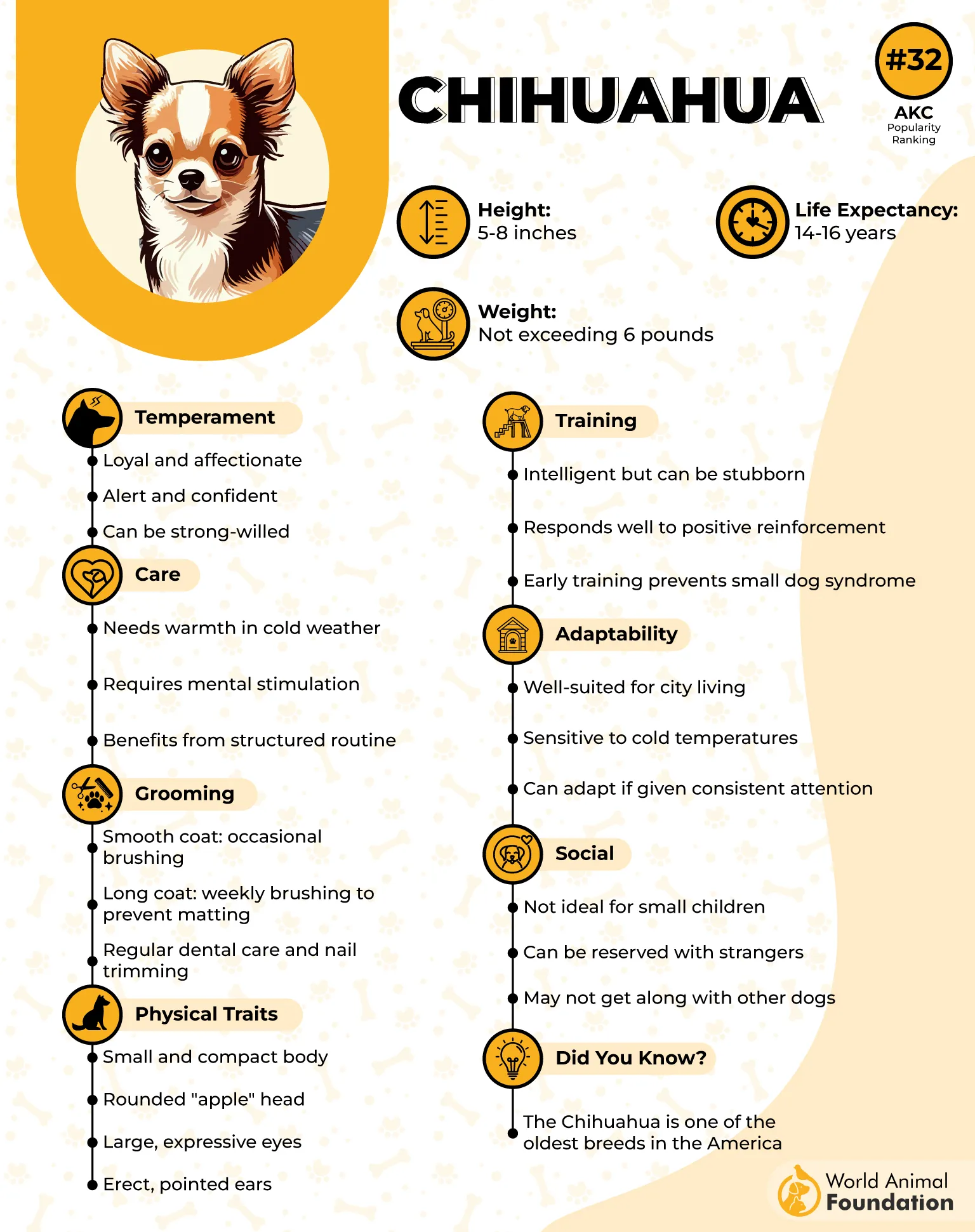
Care Needs
Despite their size, Chihuahuas are known for their big energy and need daily play or short walks to stay fit and happy. Their grooming needs vary depending on coat type; long-haired varieties require more frequent brushing. Regular dental care and ear cleaning are essential, as is monitoring them during cold weather due to their small size and short coats.
Did you know? The Chihuahua became a pop-culture icon in the 1990s thanks to Gidget, the Taco Bell mascot.
7. Rat Terrier
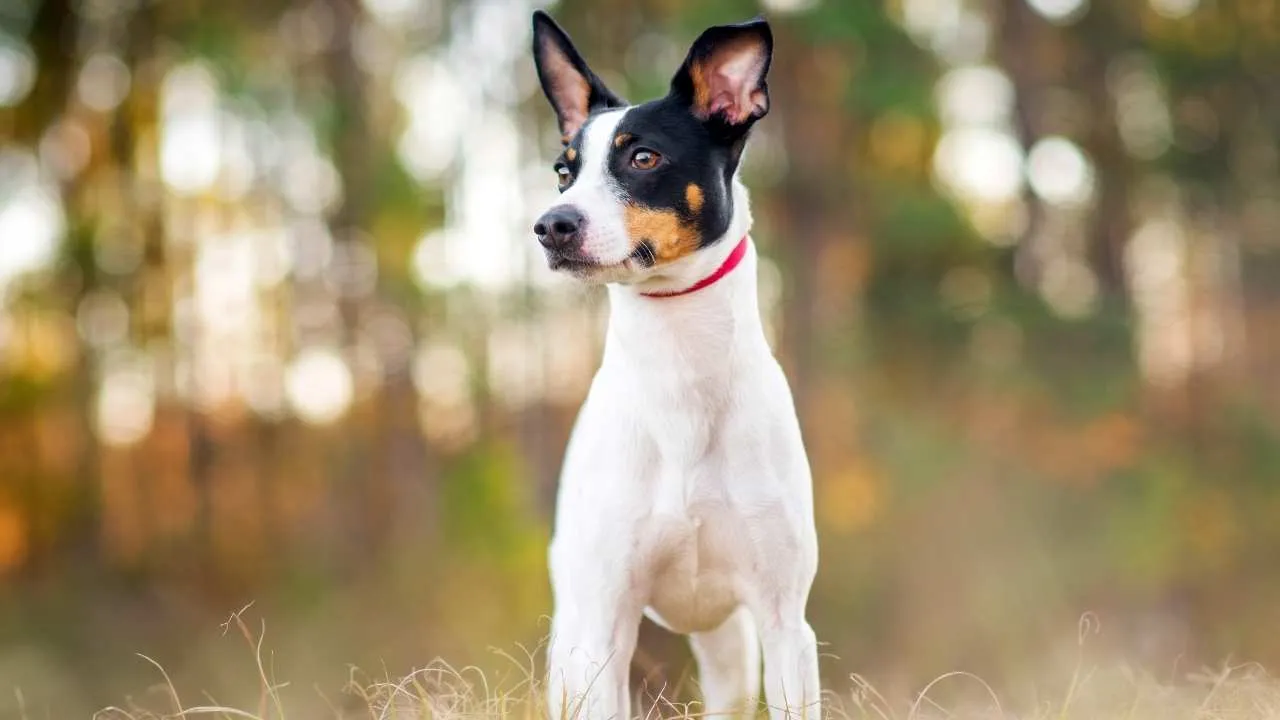
Small but mighty, the Rat Terrier is a lively and compact American breed developed in the 1800s. With roots tracing back to England’s vermin-hunting terriers, this breed was refined in the U.S. during the early 20th century to be a reliable farm dog.
Distinguished by its sleek, athletic build and perky ears, these affectionate dogs typically stand between 10 to 18 inches tall and weigh around 10 to 25 pounds, depending on whether it’s a miniature or standard size.
These quick-footed, smart canines are valued not just for their pest-control prowess but also for their affectionate nature and sharp instincts. Their coat is short and comes in a variety of patterns and colors, making grooming cost-friendly and simple.
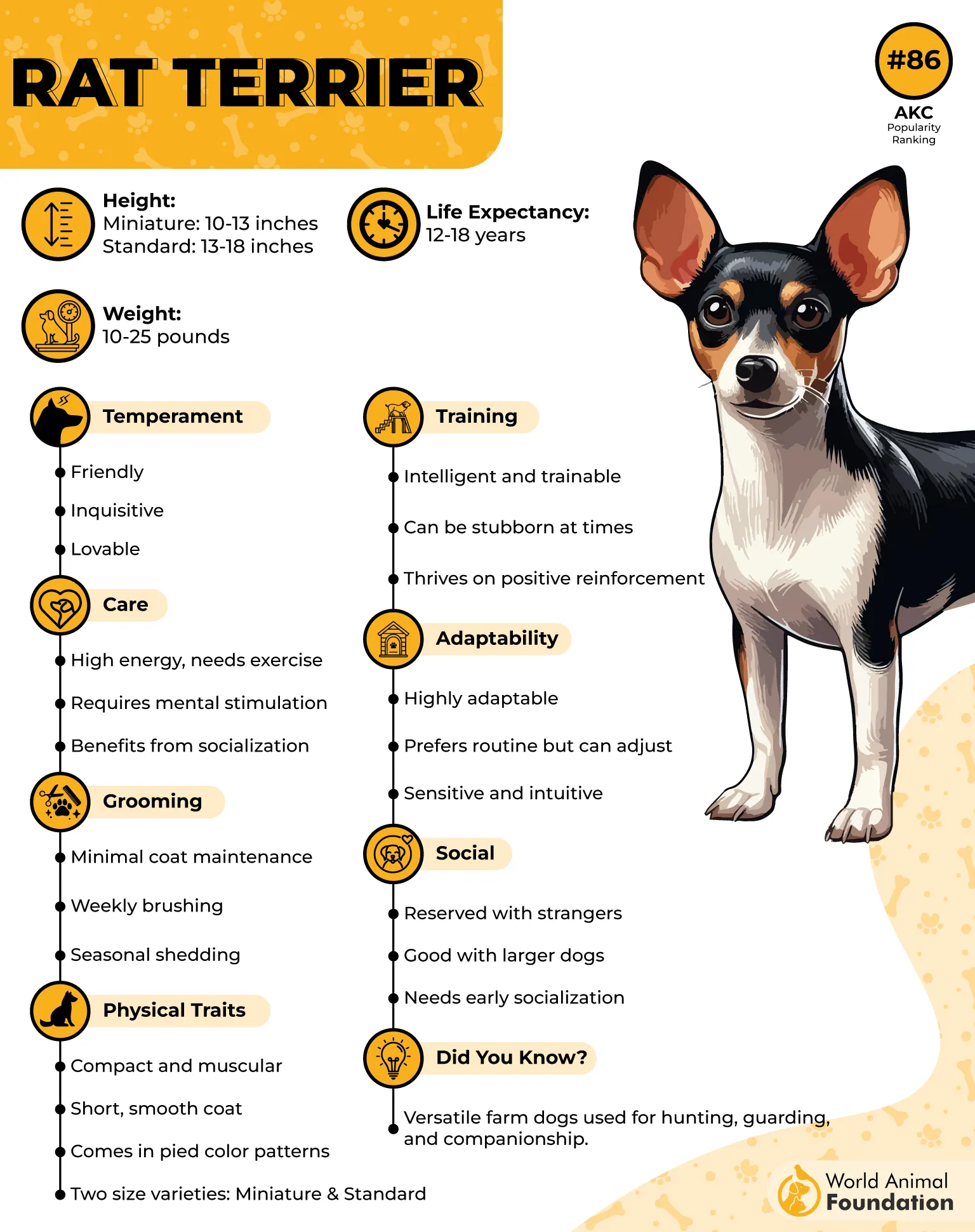
Care Needs
This affordable dog breed is a high-energy dog that requires consistent physical activity and mental engagement. Daily walks, play sessions, and interactive toys help prevent boredom and destructive behaviors.
They also need early socialization and confident pet owners to guide them. Grooming is minimal; a weekly brushing will do, and they rarely need professional grooming. Keep their nails trimmed and monitor dental hygiene for overall well-being.
Did you know? The Rat Terrier gained renewed popularity in the 1970s after nearly fading from the spotlight post–World War II.
Conclusion
Owning a dog doesn’t have to be a luxury. Many of the least expensive dog breeds, like the Schipperke, Pug, or Rat Terrier, are not only lovable companions but also require fewer vet bills and less overall maintenance. Whether you’re seeking a lively purebred dog or considering mixed-breed dogs with fewer health issues, affordability doesn’t mean sacrificing companionship or charm. Adoption fees are often lower for shelter dogs, and rescue dogs can offer just as much love and loyalty as pricier pups.
When weighing the cheapest dog breeds, also consider long-term costs like dog food, dog shampoo, and pet insurance. Some of the best options for budget-conscious families include those with low grooming needs and modest dietary demands. Don’t overlook pet care adoption options; shelters are filled with wonderful dogs looking for forever homes. Choosing wisely among other breeds can help ease the financial demands of dog ownership without compromising the joy of having a furry friend by your side.


